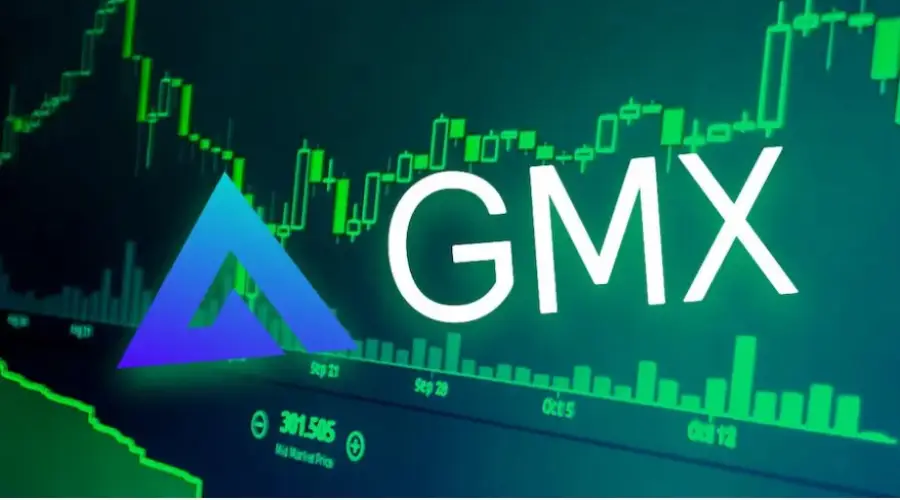This is what you need to know to operate today Tuesday, July 22:
The US dollar (USD) began the week under pressure and registered great losses against its main rivals on Monday. Although the USD maintains its position early on Tuesday, investors refrain from positioning for constant recovery, while maintaining a close monitoring of the headlines about the current dispute between the president of the United States (USA), Donald Trump, and the president of the Federal Reserve (Fed), Jerome Powell.
US dollar price this week
The lower table shows the percentage of the US dollar change (USD) compared to the main currencies this week. American dollar was the weakest currency against the euro.
| USD | EUR | GBP | JPY | CAD | Aud | NZD | CHF | |
|---|---|---|---|---|---|---|---|---|
| USD | -0.50% | -0.38% | -0.06% | -0.18% | 0.06% | 0.48% | -0.36% | |
| EUR | 0.50% | 0.20% | 0.45% | 0.30% | 0.53% | 0.81% | 0.10% | |
| GBP | 0.38% | -0.20% | 0.04% | 0.16% | 0.36% | 0.82% | 0.10% | |
| JPY | 0.06% | -0.45% | -0.04% | -0.10% | 0.17% | 0.50% | -0.13% | |
| CAD | 0.18% | -0.30% | -0.16% | 0.10% | 0.30% | 0.66% | -0.23% | |
| Aud | -0.06% | -0.53% | -0.36% | -0.17% | -0.30% | 0.35% | -0.29% | |
| NZD | -0.48% | -0.81% | -0.82% | -0.50% | -0.66% | -0.35% | -0.72% | |
| CHF | 0.36% | -0.10% | -0.10% | 0.13% | 0.23% | 0.29% | 0.72% |
The heat map shows the percentage changes of the main currencies. The base currency is selected from the left column, while the contribution currency is selected in the upper row. For example, if you choose the US dollar of the left column and move along the horizontal line to the Japanese yen, the percentage change shown in the box will represent the USD (base)/JPY (quotation).
Citing a letter sent to the Department of Justice (DOJ), Fox News reported Monday night that representative Anna Paulina Luna has referred to the president of the FED, Jerome Powell, the DOJ for criminal charges, accusing him of perjury twice. Earlier on the day, Treasury secretary, Scott Besent, told CNBC that they need to review the entire Fed institution and its performance, citing “alarmism about tariffs” of the Fed in the midst of the lack of significant signals of inflation as justification. The USD index lost more than 0.6% on Monday and deleted almost all the profits recorded the previous week. In Tuesday, the USD index fluctuates in a narrow channel around 98.00. Meanwhile, the futures of the US stock market indices operate stable after the main Wall Street rates closed in a mixed sign on Monday.
The US economic calendar will present the manufacturing index of the Richmond Fed for July later in the day. The president of the FED, Jerome Powell, and the Vice President of Supervision of the Fed, Michelle Bowman, are scheduled to speak during the American negotiation hours. However, since the Fed is in the period of silence, they are unlikely to comment on monetary policy perspectives.
EUR/USD It remains in a consolidation phase slightly below 1,1700 after registering strong profits on Monday. The European Central Bank (ECB) will publish the survey on bank loans in the European session.
The Bank of the Australian Reserve (RBA) published the minutes of its July monetary policy meeting on Tuesday, highlighting that the Board agreed that more feats of fees over time are justified and that the approach was at the time and extension of the relief. After closing in positive territory on Monday, AUD/USD Correct down and quote around 0.6500 in the European morning on Tuesday.
The main commercial negotiator of Japan, Ryosei Akazawa, said Tuesday that he met with the US Secretary of Commerce, Howard Lutnick, for two hours in Washington on Monday, looking for an agreement that benefits both Japan and the US after the strong fall on Monday, USD/JPY He recovers around 148.00 on Tuesday.
GBP/USD It benefited from the general weakness of the USD and rose around 0.6% on Monday. The low pair slightly but remains above 1,3450 in the European session on Tuesday.
Gold He won bunder impulse and increased more than 1% on Monday to touch his strongest level in a month. After approaching $ 3,400, the XAU/USD performs a technical correction and descends to $ 3,380 in the European morning.
Fed – Frequently Questions
The monetary policy of the United States is directed by the Federal Reserve (FED). The Fed has two mandates: to achieve prices stability and promote full employment. Its main tool to achieve these objectives is to adjust interest rates. When prices rise too quickly and inflation exceeds the objective of 2% set by the Federal Reserve, it rises interest rates, increasing the costs of loans throughout the economy. This translates into a strengthening of the US dollar (USD), since it makes the United States a more attractive place for international investors to place their money. When inflation falls below 2% or the unemployment rate is too high, the Federal Reserve can lower interest rates to foster indebtedness, which weighs on the green ticket.
The Federal Reserve (FED) celebrates eight meetings per year, in which the Federal Open Market Committee (FOMC) evaluates the economic situation and makes monetary policy decisions. The FOMC is made up of twelve officials of the Federal Reserve: the seven members of the Council of Governors, the president of the Bank of the Federal Reserve of New York and four of the eleven presidents of the regional banks of the Reserve, who exercise their positions for a year in a rotary form.
In extreme situations, the Federal Reserve can resort to a policy called Quantitative Easing (QE). The QE is the process by which the Fed substantially increases the flow of credit in a stuck financial system. It is a non -standard policy measure used during crises or when inflation is extremely low. It was the weapon chosen by the Fed during the great financial crisis of 2008. It is that the Fed prints more dollars and uses them to buy high quality bonds of financial institutions. The one usually weakens the US dollar.
The quantitative hardening (QT) is the inverse process to the QE, for which the Federal Reserve stops buying bonds from financial institutions and does not reinvote the capital of the bonds that it has in portfolio that they expire, to buy new bonds. It is usually positive for the value of the US dollar.
Source: Fx Street
I am Joshua Winder, a senior-level journalist and editor at World Stock Market. I specialize in covering news related to the stock market and economic trends. With more than 8 years of experience in this field, I have become an expert in financial reporting.







